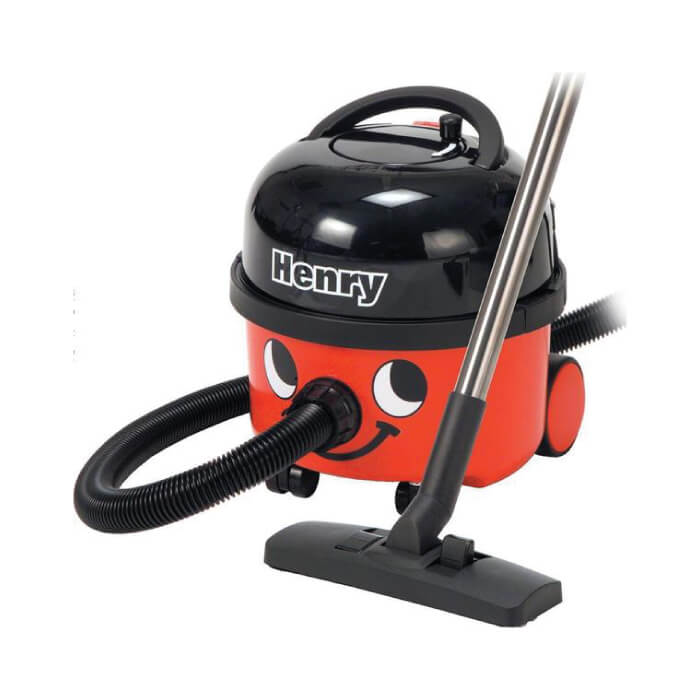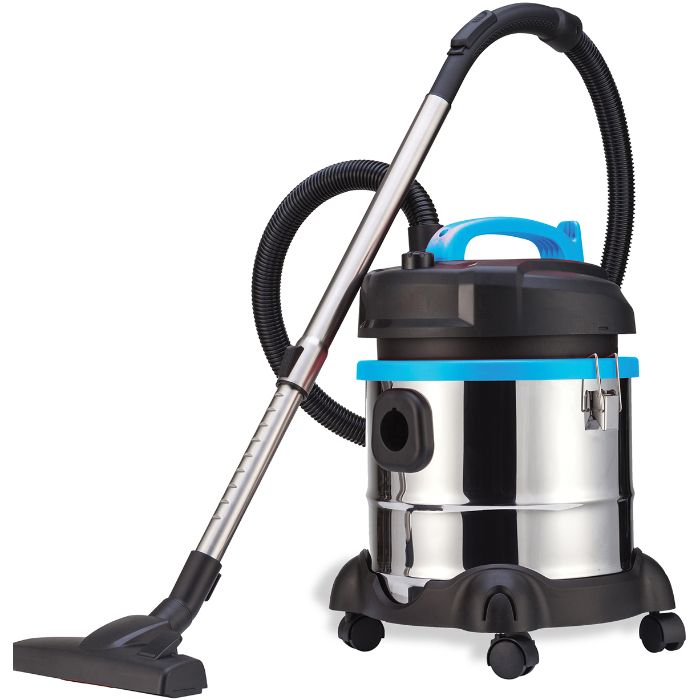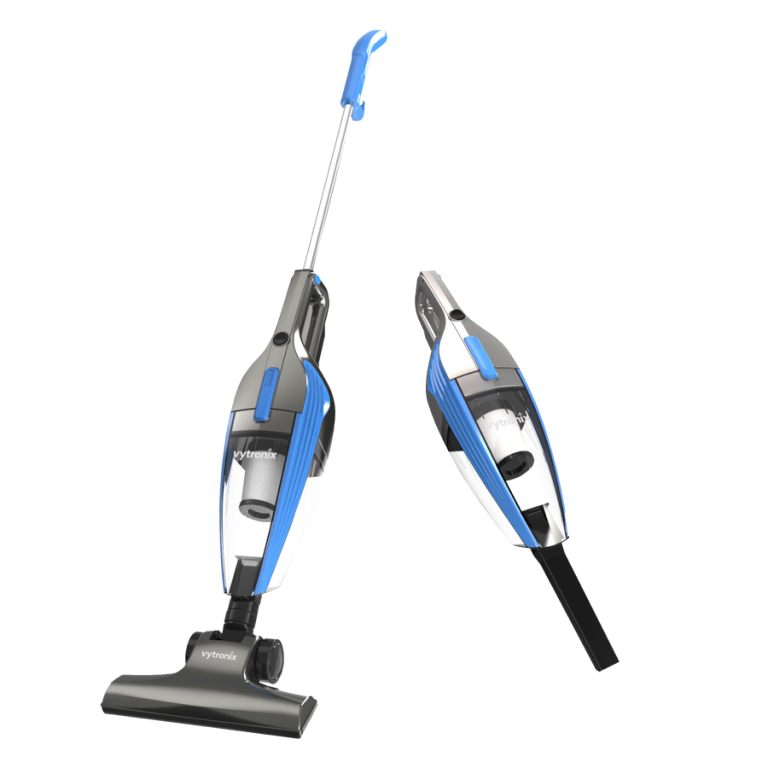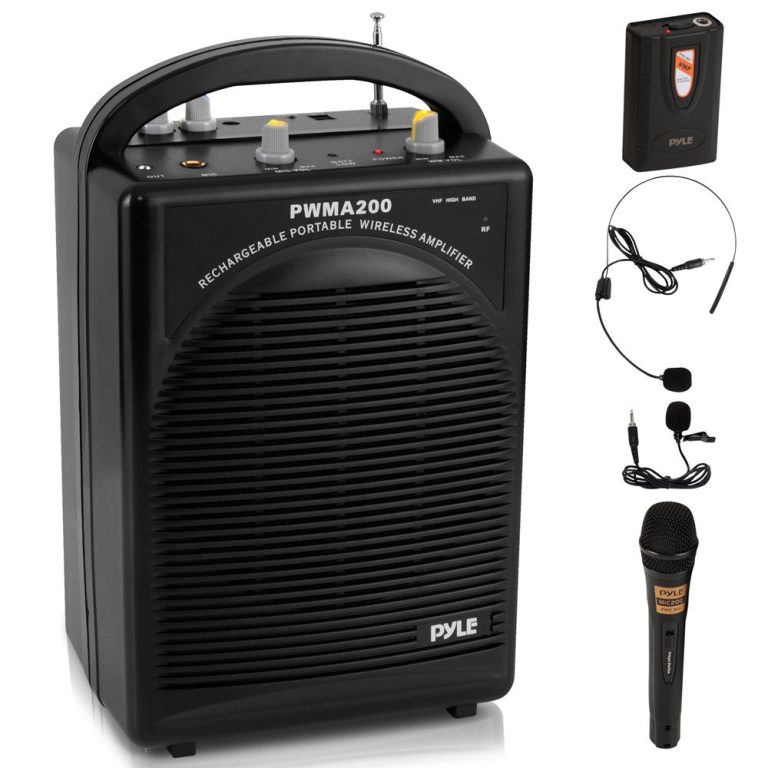When it comes to household appliances, vacuum cleaners are essential for maintaining cleanliness and hygiene. However, many consumers find themselves confused about the power ratings of these devices. A common question is, “How many watts does a vacuum cleaner use?” Understanding the wattage of a vacuum cleaner is crucial when considering efficiency, performance, and operational costs. This guide will examine the significance of power ratings, the various factors that affect wattage, and how to select a vacuum cleaner that suits your needs.
Understanding Watts and Power Ratings
What Does Wattage Mean?
Watts (W) measure power consumption in electrical devices, indicating how much energy they use while operating. In simple terms, wattage reflects the power required to run the appliance efficiently. A higher wattage usually means that the vacuum cleaner has more powerful suction and can perform better on various surfaces.
Understanding wattage is essential for consumers because it helps them gauge the performance of a vacuum cleaner. However, higher watts do not always translate to better cleaning performance. Other factors, such as design, suction technology, and motor efficiency, also play significant roles in a vacuum cleaner’s effectiveness.
Power Ratings Explained
When examining vacuum cleaners, you will come across two critical power ratings: input wattage and airflow or suction power. Input wattage measures the energy consumed by the vacuum when plugged in. This rating is useful for understanding energy consumption and estimating utility costs.
On the other hand, airflow power (measured in cubic feet per minute or CFM) provides insight into how effectively the vacuum can pick up dirt and debris. A vacuum with higher suction power can remove dirt more effectively, regardless of its input wattage. Therefore, it is essential to consider both power ratings to evaluate a vacuum’s overall performance.

Typical Wattage Ranges for Vacuum Cleaners
Standard Vacuum Cleaners
Most standard vacuum cleaners typically have power ratings ranging from 500 to 1400 watts. Within this range, you can find various models designed for specific needs. Generally, upright and canister vacuums fall within the lower to mid-range wattage (600 to 1000 watts). These models are ideal for everyday cleaning tasks on various surfaces.
Standard models offer sufficient suction power for most homes. They can effectively pick up dirt and debris from carpets and hard floors. Moreover, they consume relatively low energy levels, making them economically efficient.
High-Performance and Commercial Vacuums
On the other end of the spectrum, high-performance and commercial vacuum cleaners often have power ratings that exceed 1500 watts. These vacuums are designed for heavier workloads and typically provide superior suction power. Examples include industrial vacuums or models used for professional cleaning services.
While the higher wattage indicates stronger suction and enhanced cleaning capabilities, it may also result in increased energy consumption. These models may be overkill for standard household cleaning tasks, making them more appropriate for commercial use.
Factors Affecting Vacuum Cleaner Efficiency
Motor Type and Design
The type and design of the vacuum cleaner’s motor play a significant role in determining how effectively it uses power. Brushless motors are becoming more popular due to their energy efficiency and longer lifespan. These motors generate less heat and often result in quieter operation. As a result, brushless motors enable the vacuum to maintain high suction power while consuming less energy.
Conversely, traditional brushed motors consume more energy and can lose efficiency over time. Therefore, when selecting a vacuum cleaner, consider the type of motor and how it affects performance and energy consumption.
Suction Technology
Suction technology is another critical factor in a vacuum cleaner’s performance. Cyclonic and bagless vacuums use centrifugal force to separate debris from air. This technology allows for consistent suction power and reduces clogging, improving overall efficiency. Even with lower wattage, these vacuum cleaners can be highly effective at cleaning various surfaces.
Conversely, vacuums that rely heavily on bags may experience a decrease in efficiency as the bag fills up. Consequently, these vacuums may require higher wattage to maintain suction power, which ultimately impacts energy consumption over time.

Understanding Energy Consumption
Estimating Operating Costs
Knowing the wattage of your vacuum cleaner allows you to estimate its operating costs. Your electricity provider may charge based on kilowatt-hours (kWh). To find out how much it costs to run your vacuum, you can use the formula:
Cost=Watts1000×Hours Used×Rate per kWh
For example, if your vacuum uses 1000 watts and you run it for 2 hours, and your electricity rate is $0.12 per kWh, the cost will be:
Cost=10001000×2×0.12=0.24
This calculation shows that running your vacuum will cost roughly 24 cents for two hours of use. Knowing these figures can help homeowners budget for energy expenses associated with cleaning.
Environmental Impact
Energy consumption goes beyond just costs; it also impacts the environment. Using energy-efficient vacuum cleaners can contribute to reduced electricity usage and a lower carbon footprint. Opting for models with lower wattage and high-efficiency motors can help consumers make more environmentally friendly choices. Many modern vacuums feature energy certifications that indicate their efficiency.
Being mindful of energy consumption aligns with sustainable practices and helps promote a healthier planet. Selecting energy-efficient appliances not only saves money but also encourages responsible consumption.
Choosing the Right Vacuum Cleaner
Assessing Your Cleaning Needs
When selecting a vacuum cleaner, it is vital to assess your cleaning needs first. The size of your living space, the types of surfaces you clean, and the presence of pets are factors that can influence your choice. For instance, if you have carpets, a vacuum with higher suction power is preferable. On the other hand, hardwood floors may require different brush attachments or designs.
Understanding your specific requirements can help narrow down the options available in the market. Identifying features that align with your cleaning preferences will ensure the vacuum cleaner effectively meets your needs.
Weight and Portability
The weight and portability of a vacuum cleaner can also affect your choice. Lightweight models are easier to maneuver, especially when cleaning stairs or reaching high spots. Portable canister vacuums can offer versatility for various cleaning tasks without being cumbersome. Evaluate how often you will be moving your vacuum around and whether you prefer an upright or canister model.
If you live in a smaller space or need a vacuum primarily for quick clean-ups, consider compact and lightweight options. These models may have lower wattage, but they can still offer effective cleaning capabilities.

Popular Vacuum Cleaner Brands and Models
Brands to Consider
Several reputable brands offer vacuum cleaners with various power ratings and features. Brands like Dyson, Shark, and Bissell are known for producing high-quality vacuums that cater to different needs. These companies often emphasize energy efficiency while ensuring excellent cleaning performance.
HP, well-known for vacuums, also offers a product line that balances wattage and functionality. Checking reviews and comparisons among different brands can provide valuable insight when making a purchasing decision.
Notable Models
Some notable models to consider include the Dyson V11 Torque Drive and the Shark Navigator Lift-Away. The Dyson V11 provides powerful suction with an intelligent cleaning mode that adjusts based on floor type. It operates on a high-performance battery, ensuring extended cleaning time.
On the other hand, the Shark Navigator Lift-Away combines strong suction with portability. This vacuum features a removable canister for deep cleaning and operates at an efficient power rating. These models exemplify how innovation in vacuum design is successfully blending performance and energy efficiency.
Making an Informed Decision
When it comes to understanding how many watts is a vacuum cleaner uses, it is essential to consider various factors. The wattage alone does not determine overall performance. Aspects such as motor type, suction technology, and design all play significant roles.
Assessing your cleaning needs, lifestyle, and budget will guide you toward selecting the right vacuum cleaner for your home. Additionally, being aware of operating costs and the environmental impact of your appliance can lead to more responsible consumer choices.
Investing in the right vacuum cleaner means achieving effective cleaning without compromising energy efficiency. Armed with this knowledge, you can make an informed decision. Choose a vacuum cleaner that meets your needs and contributes to a cleaner home and a greener planet. Happy cleaning!


